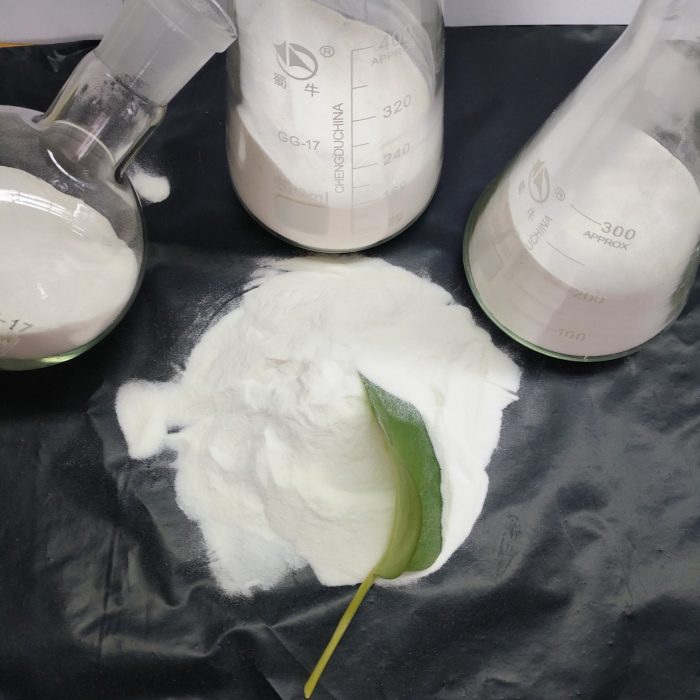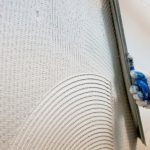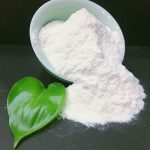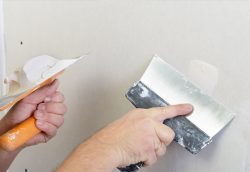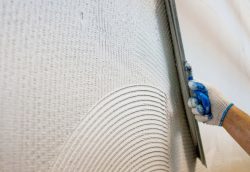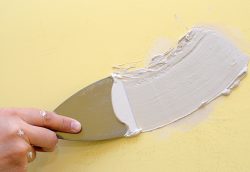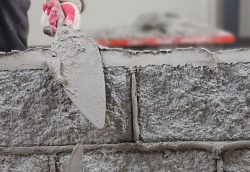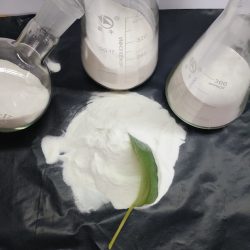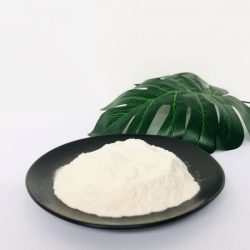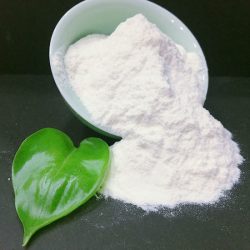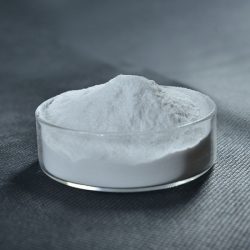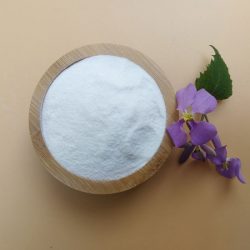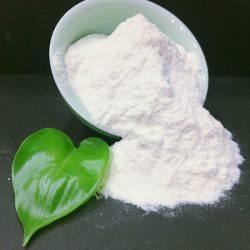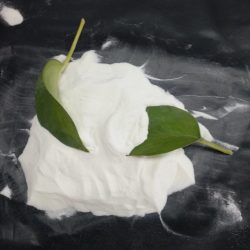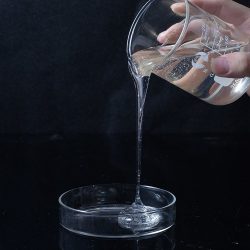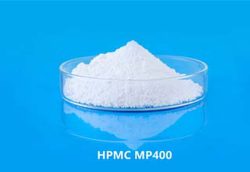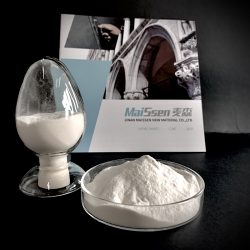Hydroxypropyl MethylCellulose (HPMC)
Hydroxypropyl MethylCellulose (HPMC)
Hydroxypropyl Methyl Cellulose (HPMC) another name is Hypromellose, it is is a natural polymfer cellulose as raw material, made of a series of chemical processing and non-ionic cellulose ether. It is white powder with good water solubility. hpmc have many properties such as thickening, adhesion, dispersing, emulsifying, film, suspended, adsorption, gel, and protective colloid properties of surface activity and maintains moisture function properties .Hydroxypropyl Methyl Cellulose are widely used in construction materials,building materials, coatings industry, synthetic resin, ceramic industry, textile, agriculture, daily chemical and other industries.COMMON NAMEHYDROXYPROPYL METHYL CELLULOSEABBREVIATIONHPMCCAS NO.9004-65-3STANDARDS COMPLIANTENTERPRISE STANDARDCHEMICAL FORMULAR=CH2CH(CH3)OHHydroxypropyl Methyl Cellulose (HPMC) PHYSICAL AND CHEMICAL PROPERTIES
* Particle size: 98.5% passes through 100 mesh; 100% passes through 80 mesh.* Charring temperature: 280-300℃.* Bulk density: 0.25-0.70 g/cm3 (Usually around 0.5 g/cm3 )* Real specific gravity: 1.26-1.31.* Browning temperature: 190-200℃.* Surface tension: (2% water solution) 42-56dyn.cm.* Properties: Dissolved in water and some organic solvent such as ethanol. propyl alcohol. ethylene chloride, the water solution is of surface activity. It is a nonionic surface active agent. Gelation temperature is different for different grades. For example, among 60RT Hydroxypropyl Methylcellulose, 60 is gelation temperature, Namely, 2% water solution will form gelation at 60%.
AppearanceWhite or off-white powderMethoxy ( % )19.0~ 24.0Hydroxypropoxy ( % )4.0 ~ 12.0pH5.0~ 7.5Moisture ( % )≤ 5.0Residue on ignition ( % )≤ 5.0Gelling temperature ( ℃ )70~ 90Particle sizemin.99% pass through 100 meshHydroxypropyl MethylCellulose (HPMC) Application Tile Adhesive A: Good water retention: it can prolonged opening time , to make tiling more efficientB: Improved adhesion and sliding resistance especially for heavy tilesC: Better work-ability: lubricity and plasticity of plaster is ensured, mortar can be applied easier and quicker Cement Based Plaster A: Easy dry mix formulation due to cold water solubility: lump formation can be easily avoided, ideal for heavy tiles.B: Good water retention: prevention of fluid loss to the substrates, the appropriate water content is kept in mixture which guarantees longer concreting timeC: Increased water demand: increased open time, expanded spry area and more economical formulationD: Easier spreading and improved sagging resistance due to improved consistency Exterior Heat Insulation System ( EIFS ) A: Improved adhesionB: Good wetting ability for EPS board and substrateC: Reduced air entrainment and water uptake. Self-leveling A: Protection from water exudation and material sedimentationB: No effect on slurry fluidity with low viscosity HPMC, while its water retention characteristics improve the finish performance on the surface. Crack Filler A: Better workability: proper thickness and plasticityB: Water retention ensures prolonged work timeC: Sag resistance: improved mortar bonding ability Gypsum Based Plaster A: Water retention: maximized water content in slurry ensures complete gypsum concretion.B: Anti-sagging: when spreading a thicker coat corrugation can be avoided ( careful when air is entrained )C: Increased mortar yield: depending on the weight of the dry mixture and appropriate formulation HPMC can increase the mortar Ceramic Extrusion A: Excellent workability for ceramic molding due to lubricity and plasticityB: Compact texture and smooth surface of ceramic product due to negligible ash content Hydroxypropyl Methyl Cellulose specificationHydroxypropyl-MethylCellulose-HPMC-MSDS
